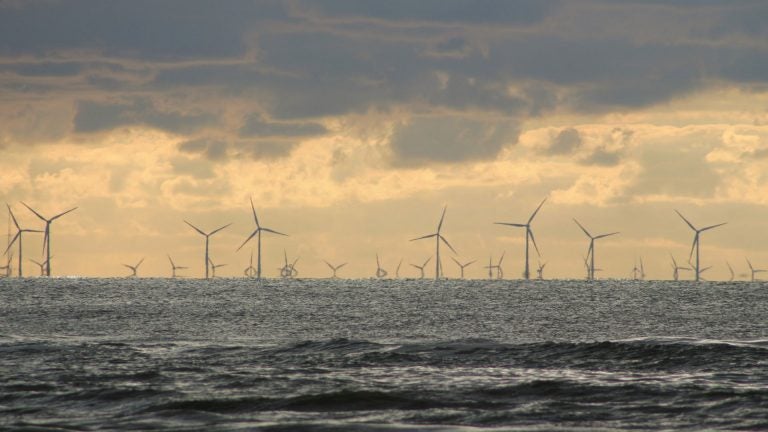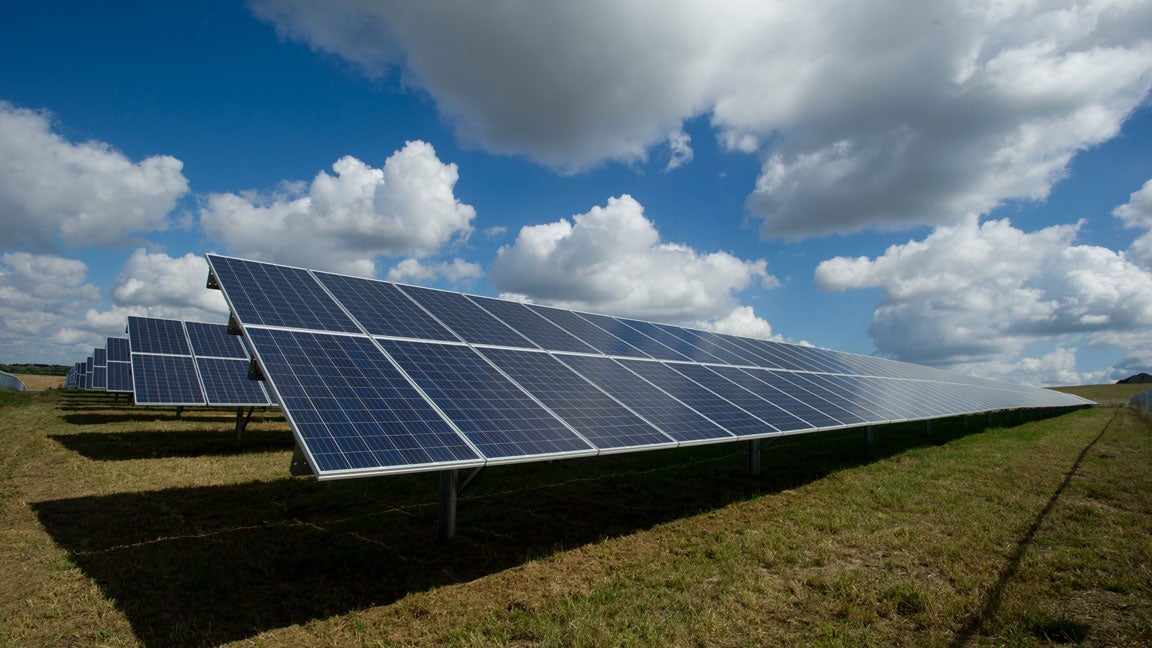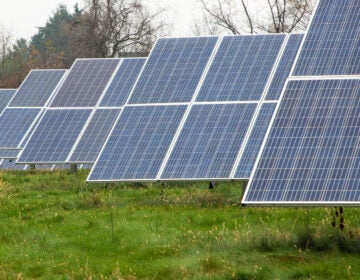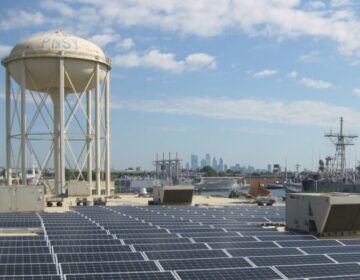What matters in 2020 as N.J. state tries to shift to clean energy? Money, for a start
Murphy administration has ambitions to switch New Jersey from fossil fuels to renewable energy sources, but fundamental questions about the effects of that switch remain

In November, Gov. Phil Murphy signed an executive order more than doubling the state’s original goal for offshore wind. (David Will/Pixabay)
This article originally appeared on NJ Spotlight.
–
In the past year, the Murphy administration focused on how to transform the state into a clean energy economy, a daunting task that led to a few major policy initiatives but left significant challenges unresolved.
With the aim of shifting to 100% clean energy by 2050, the state mapped out how to achieve that goal in a new energy master plan, one that was promised to be released by the new year but has yet to be made public.
The state Board of Public Utilities, overseeing the process, also has yet to make public the projected cost impact on ratepayers, who are bearing most of the burden in promoting cleaner energy, like solar and wind energy.
The plan’s core recommendations are well-known — shifting away from climate-changing fossil fuels by switching to renewable energy sources, such as solar and wind power; a program to electrify the transportation sector, and to require gas and electric utilities to curb energy use by their customers.
The new year promises more of the same, with bruising battles over how big a burden falls on ratepayers and what sectors are winners and losers in what most experts project will be an expensive, but necessary transition.
New Jersey has a 12-year-old law mandating it cut global warming emissions within the state by 80% below 2006 levels by 2050. Without shifting to a clean energy economy, the state could never achieve those goals. With a long coastline, New Jersey is particularly vulnerable to sea level rise and other effects of climate change, as a recent report suggested.
Alarm over rise in sea level
The study found the impact of rising sea levels could be much more dramatic than previously projected with New Jersey experiencing twice the levels as other areas around the globe.
By some measures, the state took some huge steps to shift to clean energy.
The big news in 2019 was New Jersey’s approval in June of its first offshore wind farm, a 1,100-megawatt project off Atlantic City to be built by Ørsted, a Danish company and one of the world’s largest developers of offshore wind facilities. It is not expected to be operating until 2024.
In November, Gov. Phil Murphy signed an executive order more than doubling the state’s original goal for offshore wind to 7,500 MW by 2035, a target aimed at making New Jersey a hub of the fast-emerging sector along the Eastern Seaboard. No other renewable energy resource offers the economic-growth potential of offshore wind, the governor said.
Not everyone is thrilled with the push to build offshore wind with many in the business community concerned it will spike already high energy bills. A consultant hired by the BPU found the shift to cleaner energy can be achieved with only a modest rise overall in energy spending by the state. The consultant did not look at the impact on customers’ bills.
In another major step, the BPU determined how it will scrap its current system of financing installation of solar systems and replace it with another, less expensive program until it figures out how to promote solar over the long run.
The initiative was spurred by a bill revamping the state’s clean energy programs passed in 2018, simultaneously with legislation giving $300 million subsidies to keep New Jersey’s three nuclear plants open. The owner of the plants, Public Service Enterprise Group, had vowed to close the units without the subsidies.
Solar burn
While New Jersey’s solar program has been widely praised as highly successful, it also has been panned as overly expensive, costing ratepayers more than $2.6 billion as the state installed more than 177,000 solar arrays.
The new program, which is getting mixed reviews from solar developers, lowers the incentives they receive to install systems but provides a window to build out the state with more solar systems in the future. To meet the state’s clean energy goals, consultants have projected that up to 34% of New Jersey’s electricity may need to come from solar by 2050.
Given the drawn-out battle over what a transition solar program should look like, the BPU has another difficult job in framing a new permanent program, one that includes enough incentives to lure new investments in solar in the state without adding to the burdens already borne by ratepayers.

Another big challenge facing state officials is developing a new program to have gas and electric utilities convince customers to reduce energy use. A law passed in 2018 mandates utilities curb electric use by customers by 2% annually and gas customers by 0.75%.
Late last month, the BPU proposed a couple of draft proposals designed to increase energy conservation by customers while generating savings for them. The big stumbling block in the past to achieving more energy conservation by customers has been the state’s reluctance to allow utilities to recover revenue lost by conservation efforts, a process known as decoupling. The agency has laid out a number of options to stakeholders, without committing to any.
Down to the wire
The other major uncertainty is whether New Jersey will take more aggressive steps to reduce greenhouse gas emissions from the transportation section, the single major source of global warming pollution.
The state has proposed a number of small, pilot programs to convince motorists to switch to zero-emission vehicles, but a more comprehensive effort has stalled in the Legislature. The bill would provide incentives to build out the infrastructure for electric vehicles as well as to provide rebates to buy the more expensive cars.
Clean energy advocates are pushing to have the bill approved in the lame-duck Legislature, but it is uncertain whether there is enough time left in the session to make it happen. As with other initiatives, the current proposal would have the incentives paid by ratepayers, a provision opposed by consumer advocates.
Finally, the next year will once again feature a renewed call from many environmental groups to impose a moratorium on new fossil fuel projects in the state, a demand so far ignored by the Murphy administration. The administration has blocked the PennEast pipeline project, which would move natural gas from Pennsylvania into New Jersey, by opposing efforts to condemn public land, as well as the governor objecting to a new power plant in the Meadowlands.
But several environmental groups want a moratorium on all new gas pipeline projects and new fossil-fuel power plants. Those calls are likely to be renewed if a new energy master plan is released without any such moratorium.
WHYY is your source for fact-based, in-depth journalism and information. As a nonprofit organization, we rely on financial support from readers like you. Please give today.




